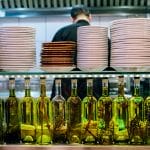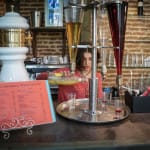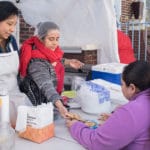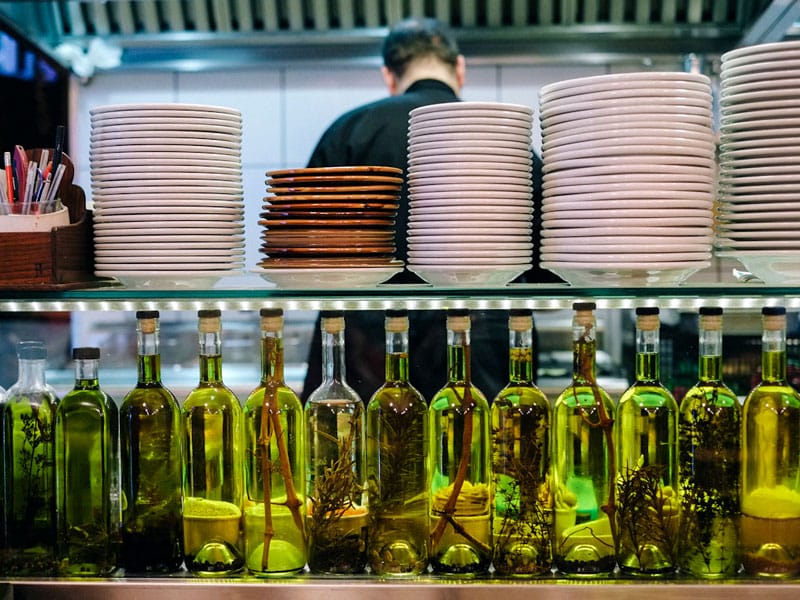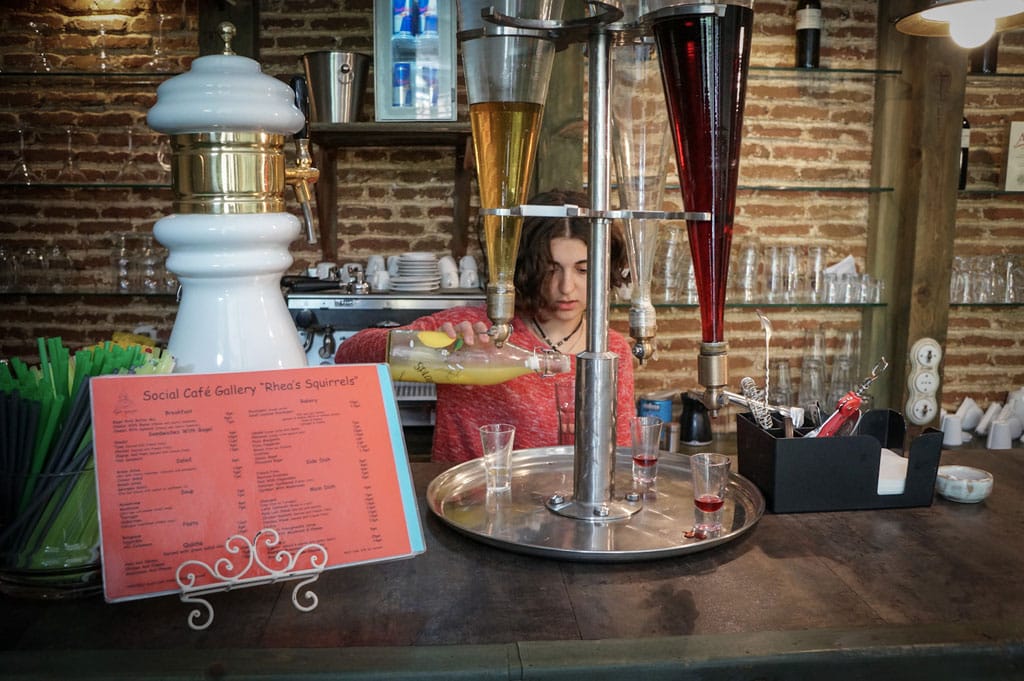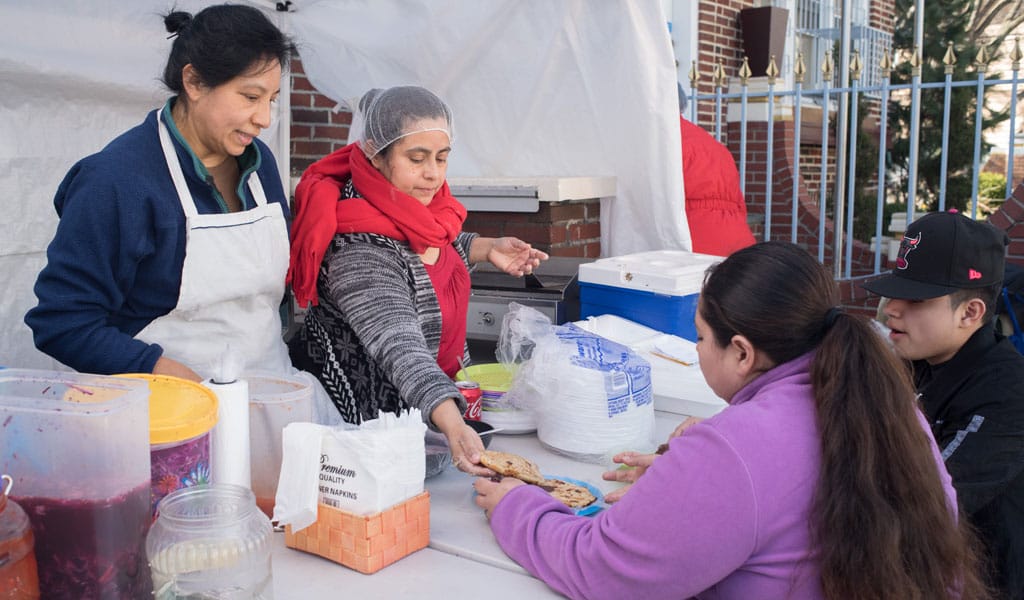Editor’s note: We are sad to report that Nuruosmaniye Köftecisi has closed.
In Istanbul, if all you have is a street address for a restaurant, you are as good as lost. It’s all about proximity to landmarks, as in “postanedeki kokoreççi” (the kokoreç vendor near the post office) or “Süleymaniye’deki kuru fasulyeciler” (the bean eateries at Süleymaniye Mosque). This is the way we’ve learned to navigate this city and we’ve even found reason to tag some places according to our own associations.
Approaching the Grand Bazaar from the northeast, you encounter the market’s “Nuruosmaniye Gate,” named for the nearby Ottoman Baroque-style Nuruosmaniye Mosque, built in the 18th century. But to us, this will always be the “Köfte Gate” for its proximity to Nuruosmaniye Köftecisi, established in 1974.
Stepping inside this humble shop, sawdust underfoot, we were instantly calmed by a rhythm we recognized from any busy neighborhood eatery at lunchtime. Delivery orders were called out by the cashier, who worked a calculator with one hand and cradled a phone with the other. Behind the cashier, we heard the constant pad of the waiters’ loafers hustling orders up the stairs to the tiny domed dining room above. Logjams of customers coming and going, paying and ordering, formed instantly and were settled as quickly by the tight crew that run this place. Nuruosmaniye Köftecisi was alive and a wonder to observe in action, particularly the man who held it all together, the griller.
 The charcoal grill in the corner was loaded with short and stubby köftes that were flipped and switched in different directions and angles by a deft hand, reminding us of a chalkboard with a lengthy mathematical proof in progress. Finally, our order, bir buçuk porsiyon, an order and a half of meatballs, made its way through the equation and arrived still sizzling. Freshly chopped onions with parsley, a cool wedge of tomato and a hot pepper could be a salad to some or the fixings of a sandwich to others. A pyramid of sliced fresh bread stood tall on our table beside a coffee mug filled with a piquant salça-based sauce. This was exactly what we’d expect to see at a neighborhood köfte joint, an expectation rarely met in this tourist zone.
The charcoal grill in the corner was loaded with short and stubby köftes that were flipped and switched in different directions and angles by a deft hand, reminding us of a chalkboard with a lengthy mathematical proof in progress. Finally, our order, bir buçuk porsiyon, an order and a half of meatballs, made its way through the equation and arrived still sizzling. Freshly chopped onions with parsley, a cool wedge of tomato and a hot pepper could be a salad to some or the fixings of a sandwich to others. A pyramid of sliced fresh bread stood tall on our table beside a coffee mug filled with a piquant salça-based sauce. This was exactly what we’d expect to see at a neighborhood köfte joint, an expectation rarely met in this tourist zone.
As with many independent meatball shops, Nuruosmaniye Köftecisi’s köfte does not comfortably fall into any particular köfte classification, though there is a striking resemblance here to the kind made in Tekirdağ. The usta at the grill explained that this is actually a meatball of their own design with its own secret recipe, prepared on the premises and cooked every day by him; therefore, it is his meatball. Ten lira to sit in the personal workshop of a master of the culinary arts while he prepares a unique work for each customer? That’s more memorable than the overpriced kilim or handbag that most people come looking for around here, which should really make Nuruosmaniye Köftecisi a destination in itself. In fact, we wouldn’t be surprised if, among some locals, the Grand Bazaar is referred to as “köftecideki pazar” – the market near the meatball shop.
Published on August 13, 2013
Related stories
June 10, 2013
AthensEditor’s note: This is the first piece in a series in which we explore the hidden gems in some of Athens’ most touristy neighborhoods. The streets of Psyri, Plaka, Gazi and other popular areas are full of restaurant signs trying to lure diners in, but which of them are truly worth your time and money?…
May 2, 2016
TbilisiThe kids were playing in the park, and Dad needed a cup of coffee for the caffeine boost to keep up with his daughter. Luckily there was a café nearby – where you would least expect one. The park is a modest little playground patch in a residential neighborhood across from the funicular that hauls…
May 1, 2017
QueensOn April 26, 1926, Eusebio Joaquín González was working as a domestic servant for a pair of ascetic preachers named Silas and Saulo in Monterey, Mexico, when he had a vision – God changed his name to Aaron and instructed him to strike out on his own. He and his wife Elisa traveled to Guadalajara, where Aaron…









































